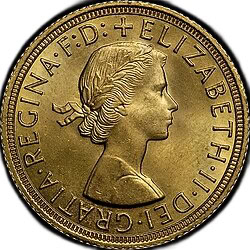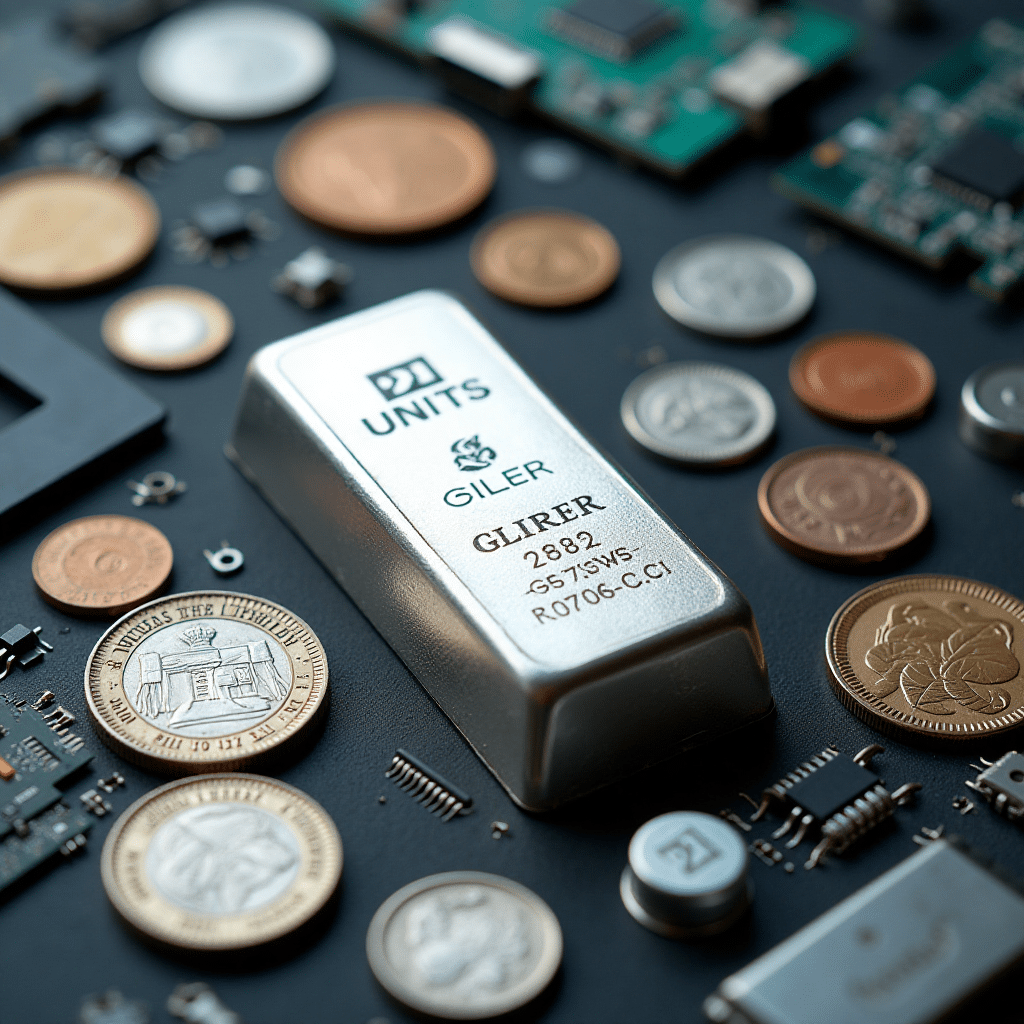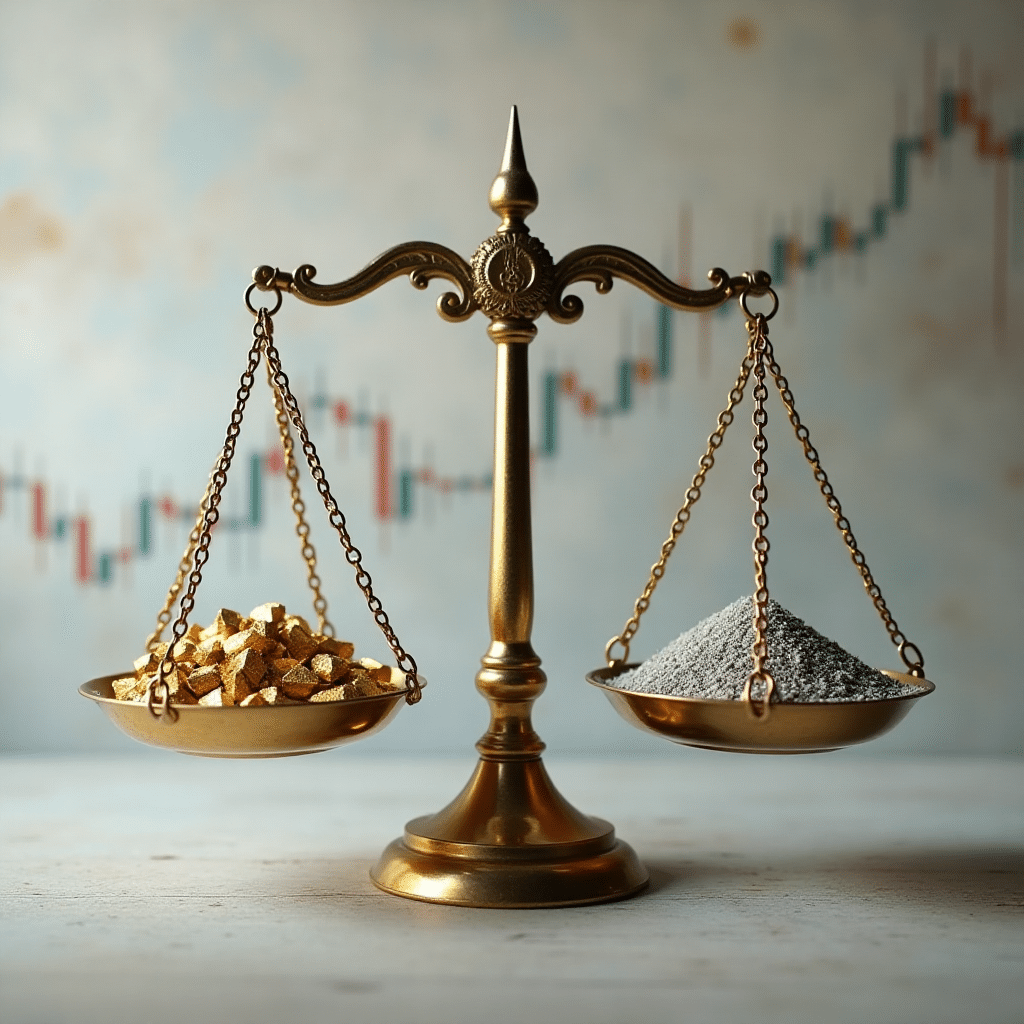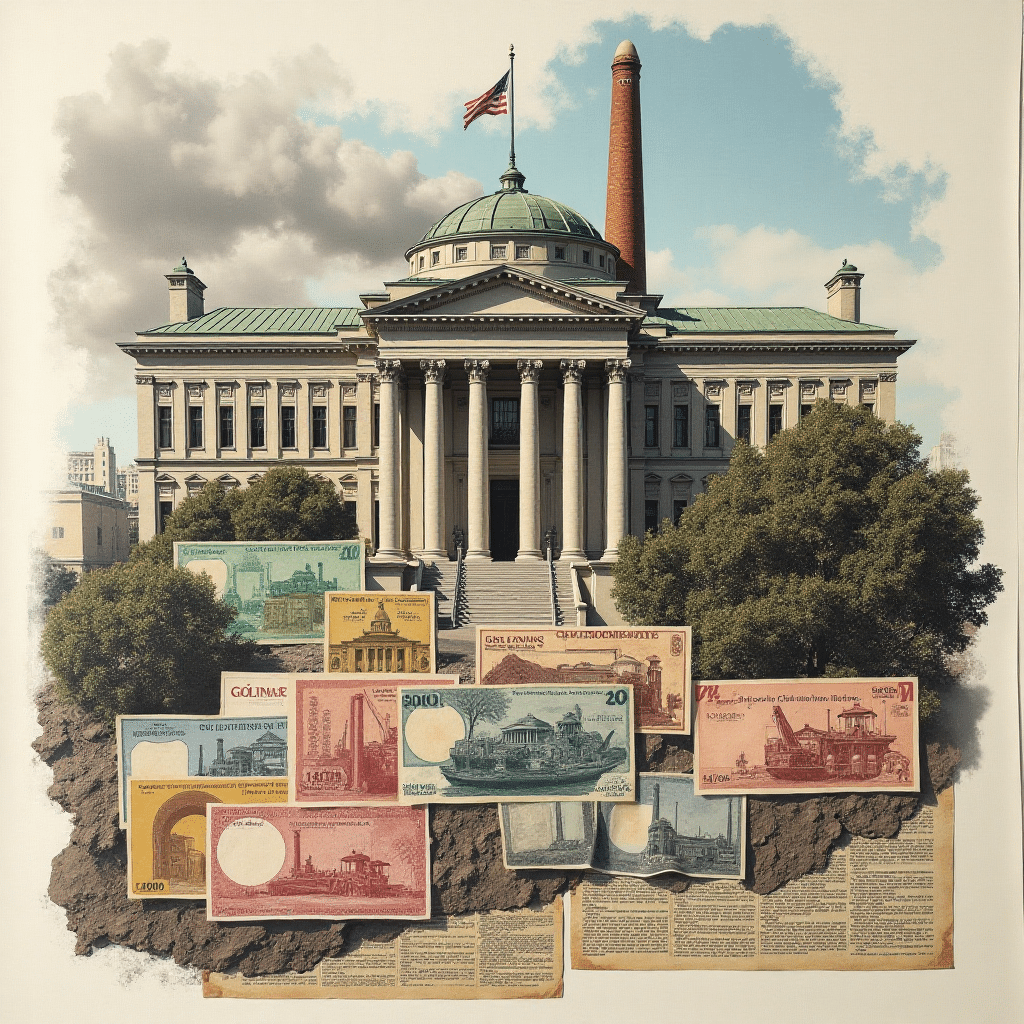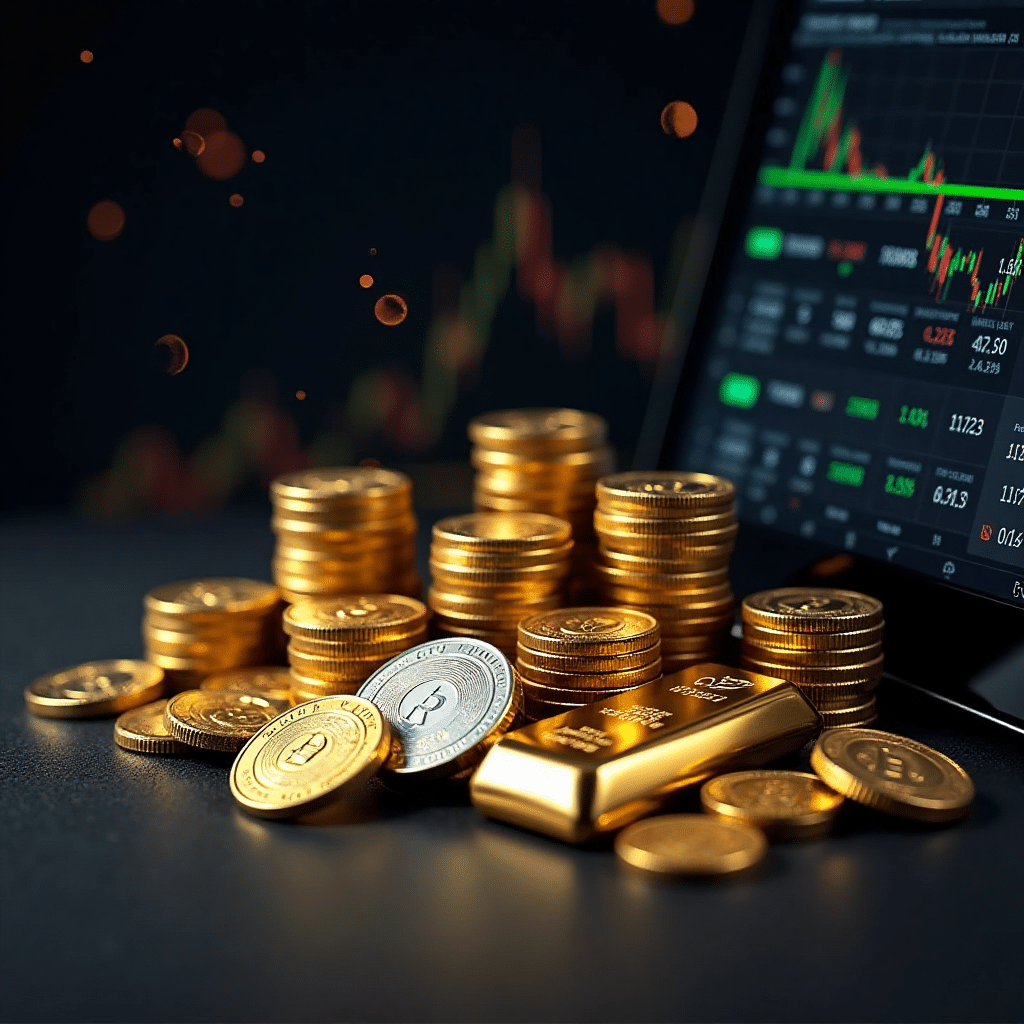The Golden History: Precious Metals Through Time
Gold and silver have fascinated humanity since ancient civilizations. The Egyptians considered gold to be divine, while the ancient Greeks established some of the first monetary systems using silver coins. By 550 BCE, King Croesus of Lydia had minted the first standardized gold coins, establishing a pattern that would influence economies for millennia to come.
The Gold Standard Era
Sovereign (British coin). Image courtesy of Wikipedia
The Bretton Woods System
After World War II, the Bretton Woods Agreement of 1944 established a new international monetary system where the U.S. dollar was pegged to gold at $35 per ounce, while other currencies were pegged to the dollar. This lasted until 1971, when President Nixon ended the dollar’s convertibility to gold, ushering in the era of floating exchange rates that continues today.
Bretton Woods Conference July 1944. Coursety of Encylopaedia Britannica
Modern Price Volatility
Gold prices made new all-time highs in 2011, approaching $2,000 per ounce during the aftermath of the 2008 financial crisis. Gold Price After a pullback and consolidation period, gold surpassed this level in 2020 amid pandemic uncertainties.
Silver: Gold's Volatile Cousin
Silver experienced its most dramatic price action in 1980 when the Hunt brothers attempted to corner the market, briefly pushing prices to nearly $50 per ounce before the market collapsed. After decades of relatively low prices, silver saw renewed interest during the 2000s commodities boom.
In 2025, silver has also performed strongly, increasing by 16.06% since the beginning of the year, though not matching gold’s dramatic gains. TRADING ECONOMICS Recent spot prices show silver trading around $33.44 per ounce, while gold commands about $3,333 per ounce.
The Gold-Silver Ratio
Factors Influencing Prices
Several factors consistently influence precious metals prices:
- Inflation and currency devaluation concerns
- Geopolitical instability and crises
- Supply and demand fundamentals
- Central bank policies, particularly interest rates
- Industrial demand (especially for silver)
- Mining production and costs
Investment Implications
Today, gold and silver prices are determined in major trading centers including London, New York, and Shanghai, with prices updated nearly continuously. Modern investors can track real-time precious metals prices through various platforms, with values fluctuating by the second based on global supply and demand dynamics.
As millennia of history demonstrate, these precious metals remain enduring stores of value, particularly during times of economic uncertainty. Their prices tell a story not just of the metals themselves, but of humanity’s ongoing relationship with money, value, and economic security.

